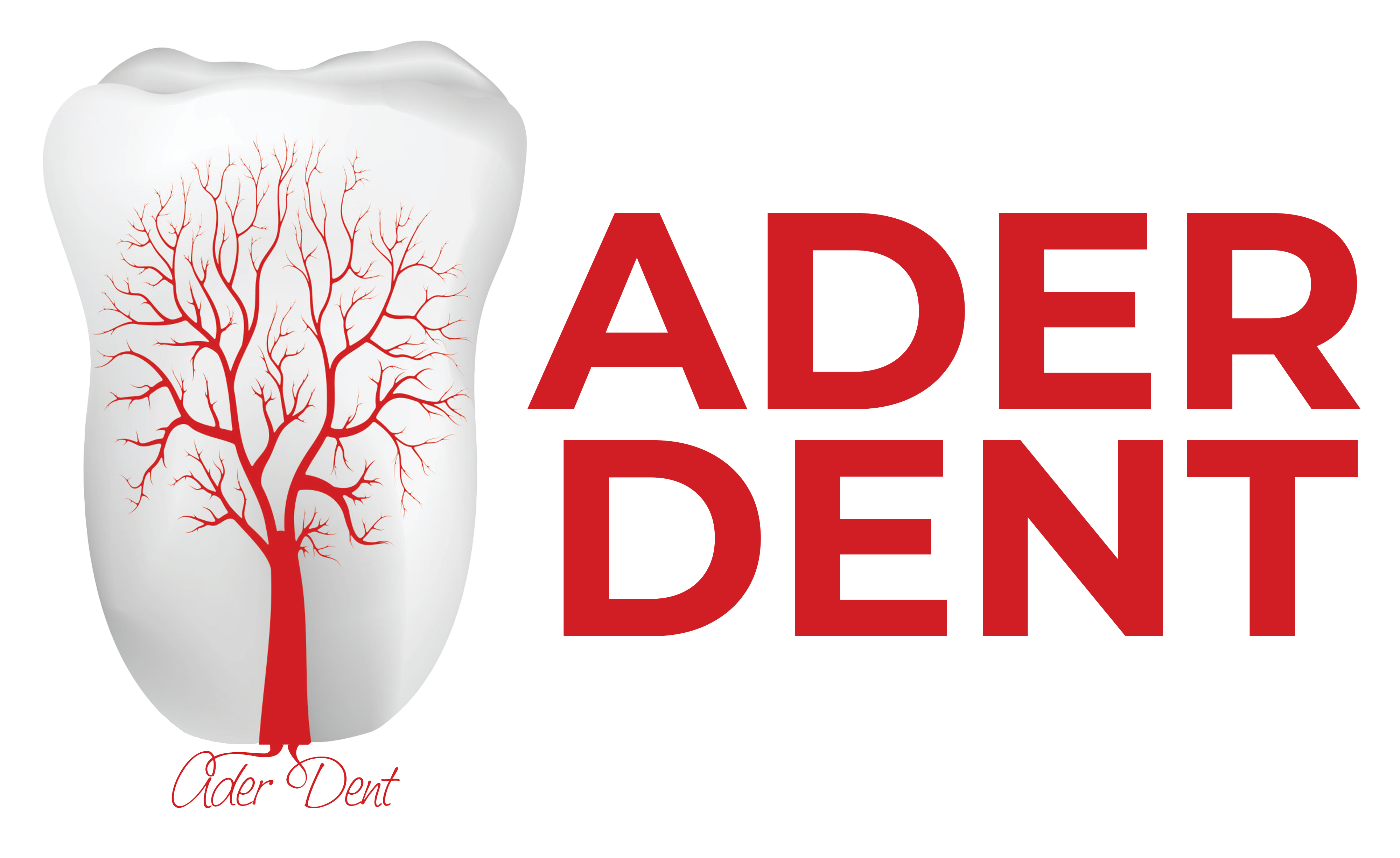In dentistry, restorative and endodontic treatments are essential procedures performed to improve dental health and achieve aesthetically satisfying outcomes.
Both treatments aim to restore lost tooth structure, recover function, and provide visually pleasing results. While restorative treatment addresses problems on the surface of the tooth, endodontic treatment focuses on issues within the tooth’s internal structure.
Restorative Treatment: Restore Your Teeth Functionally and Aesthetically
Restorative treatment encompasses a range of procedures aimed at repairing dental problems such as cavities, fractures, and wear. These treatments not only restore the lost function of the tooth but also aim to achieve a natural-looking aesthetic appearance.
With restorative procedures, it is possible to return a damaged tooth to its original form and function. The most common restorative treatment options include:
- Amalgam Fillings: Typically used for larger cavities, amalgam fillings are strong and long-lasting, although they are less preferred today due to aesthetic concerns.
- Composite Fillings: Composite fillings blend well with the natural tooth color, making them a more aesthetic option, especially for front teeth.
- Veneers: Thin ceramic layers applied to the front surface of the tooth, veneers enhance the appearance of the tooth and deliver excellent aesthetic results.
- Inlays and Onlays: When a significant portion of the tooth is lost, inlays and onlays are used to restore function and protect the tooth. Made from ceramic or composite materials, these restorations fit precisely and offer durability.
Restorative treatment provides aesthetic and functional solutions using materials that closely mimic natural tooth structure. Composite fillings and ceramic veneers deliver durable and visually pleasing outcomes that restore the tooth’s natural look and strength.
Endodontic Treatment: Deep-Level Tooth Restoration
Endodontic treatment, commonly known as root canal therapy, is applied when the pulp (nerve tissue) of the tooth becomes inflamed or infected. The procedure involves removing the infected pulp, cleaning the canal, and refilling the interior to save the tooth and prevent further infection. Root canal treatment is recommended in the following cases:
- Severe tooth pain and inflammation,
- Deep cavities or pulp infections,
- Pulp damage due to trauma.
Root canal treatment preserves the tooth and prevents the spread of infection to surrounding tissues. During the procedure, the canals are filled with a special material, and the tooth is restored using a crown or composite filling.
Combined Restorative and Endodontic Treatment for Healthy Teeth
In some cases, a tooth may require both restorative and endodontic treatments. For example, after root canal therapy addresses the internal issue, the external damage such as fractures or cavities can be repaired with restorative procedures. These combined treatments aim to restore both the function and aesthetics of the tooth.
When a tooth has undergone root canal therapy, placing a proper restoration over it ensures strength and function. Aesthetic fillings and crowns used after treatment enhance the appearance and bring the tooth as close as possible to its natural form.


 TR
TR





